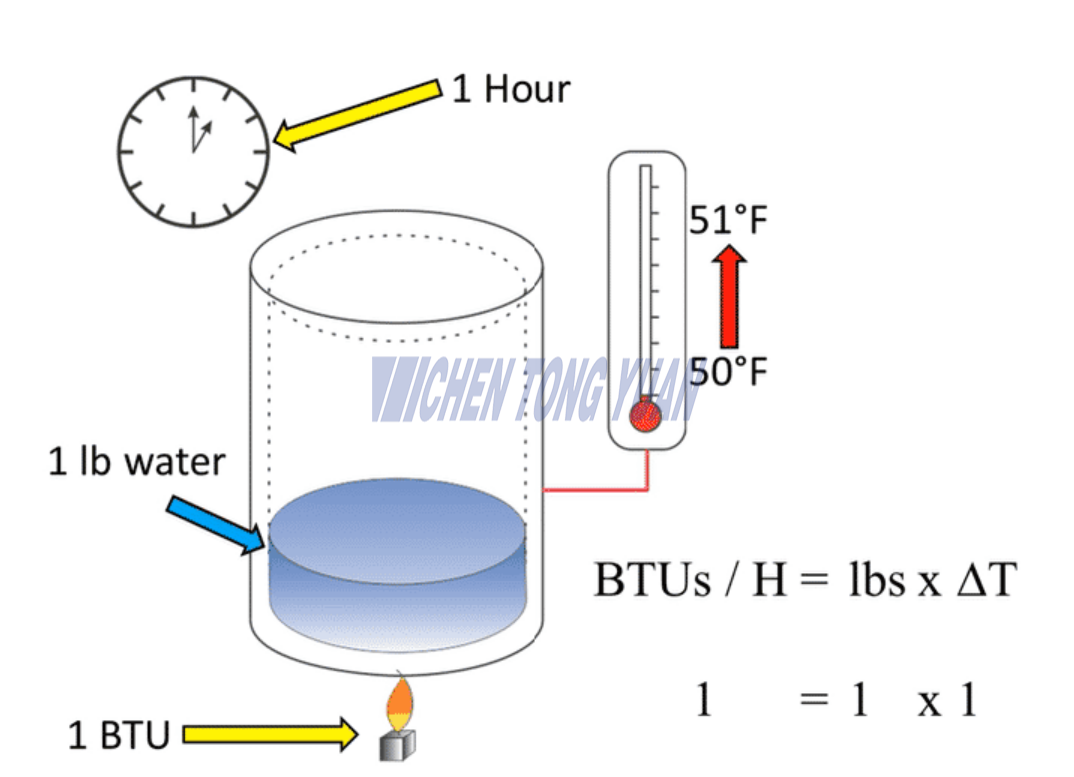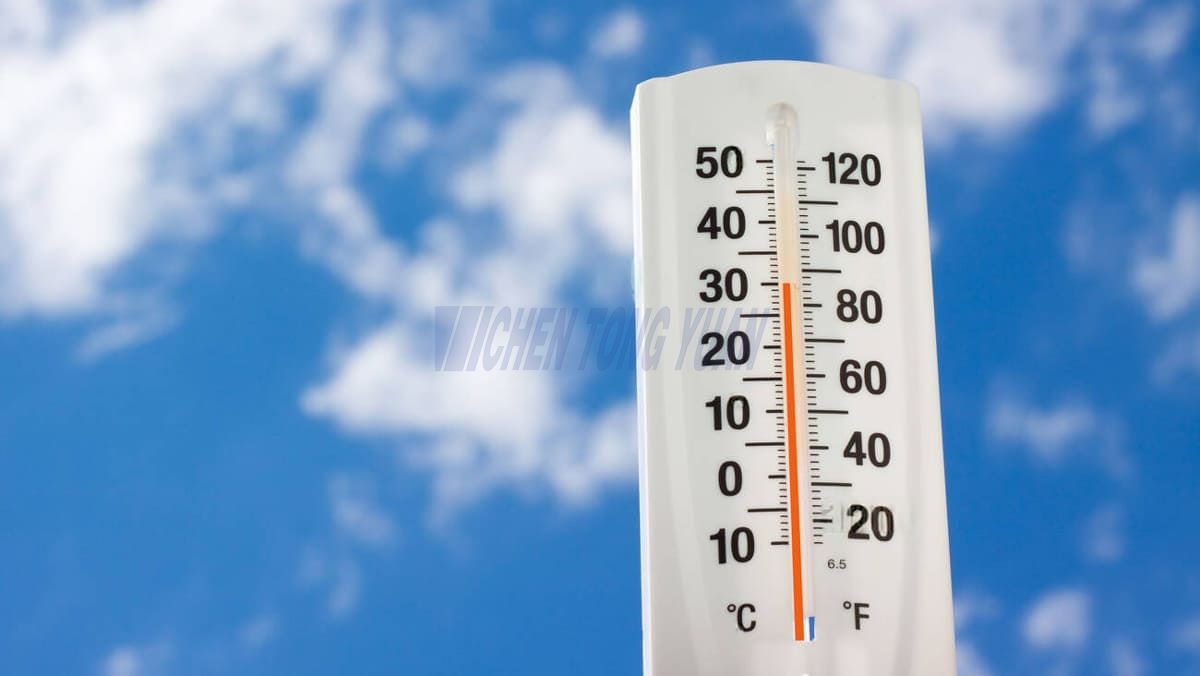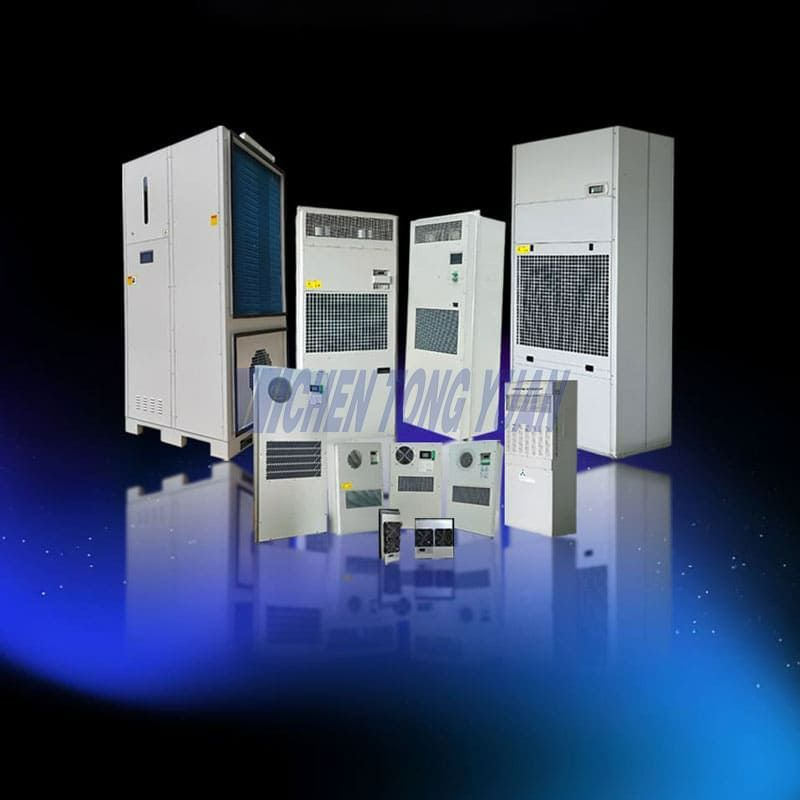Introduction
Outdoor cabinets house critical electronic equipment such as telecommunications gear, power distribution systems, and industrial controls. These cabinets must maintain optimal internal temperatures to prevent overheating, which can lead to equipment failure. Calculating the correct cooling capacity in British Thermal Units (BTU) ensures that your outdoor cabinet remains within safe operating temperatures.
In this guide, we’ll explain:
What BTU means and why it matters
Key factors affecting cooling requirements
Step-by-step BTU calculation methods
Choosing the right cooling solution

Understanding BTU and Its Importance
BTU (British Thermal Unit) measures the amount of heat an air conditioning unit can remove per hour. One BTU equals the energy needed to raise one pound of water by one degree Fahrenheit.
For outdoor cabinets, selecting a cooling system with sufficient BTU capacity is crucial because:
Prevents Overheating – Electronics generate heat, and excessive temperatures can shorten component lifespans.
Ensures Efficiency – An undersized cooling system will run continuously, increasing energy costs.
Maintains Reliability – Proper cooling prevents unexpected shutdowns in critical applications.

Factors Affecting Cooling Requirements
Before calculating BTU, consider these variables:
1. Heat Generated by Internal Equipment
Every electrical component produces heat. Check manufacturer specifications for wattage (W) or BTU/hr ratings.
2. Solar Heat Gain
Outdoor cabinets exposed to sunlight absorb radiant heat, increasing internal temperatures. Dark-colored cabinets absorb more heat than light-colored ones.
3. Ambient Temperature
The external environment affects how much cooling is needed. A cabinet in a desert climate requires more cooling than one in a temperate zone.
4. Cabinet Size and Insulation
Larger cabinets or those with poor insulation may need higher cooling capacity.
5. Airflow and Ventilation
Passive ventilation (fans, vents) can reduce cooling needs, while sealed cabinets require active cooling (air conditioners, heat exchangers)

Step-by-Step Guide to Calculating Cooling Capacity(BTU) for Outdoor Cabinets
◆Step 1: Calculate Internal Heat Load (Equipment Heat)
Most electronics list power consumption in watts (W). Convert watts to BTU/hr:
BTU/hr=Watts×3.412BTU/hr=Watts×3.412
Example:
If a cabinet has equipment totaling 500W:
500W×3.412=1,706 BTU/hr500W×3.412=1,706 BTU/hr
◆Step 2: Estimate Solar Heat Gain
For sun-exposed cabinets, add solar heat contribution:
Solar BTU/hr=Cabinet Surface Area (sq ft)×Solar Load FactorSolar BTU/hr=Cabinet Surface Area (sq ft)×Solar Load Factor
Solar Load Factor:
Light-colored cabinet: ~50 BTU/hr per sq ft
Dark-colored cabinet: ~80 BTU/hr per sq ft
Example:
A dark cabinet with 20 sq ft surface area:
20×80=1,600 BTU/hr20×80=1,600 BTU/hr
◆Step 3: Adjust for Ambient Temperature
If the external temperature is significantly high, additional cooling may be needed. A general rule:
For every 10°F above 95°F, add 10-15% more cooling capacity.
◆Step 4: Total Cooling Requirement
Add internal heat and solar gain:
Total BTU/hr=Equipment BTU+Solar BTUTotal BTU/hr=Equipment BTU+Solar BTU
Example:
1,706 (equipment)+1,600 (solar)=3,306 BTU/hr1,706 (equipment)+1,600 (solar)=3,306 BTU/hr
◆Step 5: Apply Safety Margin
To account for unexpected heat spikes, add 20-30% extra capacity:
Final BTU Requirement=Total BTU×1.2 (or 1.3)Final BTU Requirement=Total BTU×1.2 (or 1.3)
Example:
3,306×1.2=3,967 BTU/hr3,306×1.2=3,967 BTU/hr
Choosing the Right Cooling Solution
Once you’ve calculated the required BTU, select an appropriate cooling system:
1. Air Conditioners (AC Units)
Best for fully sealed cabinets in hot environments.
Available in thermoelectric (Peltier) or compressor-based models.
2. Heat Exchangers
Uses refrigerant or air-to-air exchange to transfer heat.
3. Fans & Ventilation
Suitable for mildly warm environments with low heat load.
Common Mistakes to Avoid
Ignoring Solar Heat Gain – Even in moderate climates, sunlight can drastically increase cooling needs.
Undersizing the Cooling Unit – Leads to constant operation and premature failure.
Overlooking Insulation – Proper insulation reduces cooling demand.
Neglecting Maintenance – Dust buildup on cooling systems reduces efficiency

Additional Considerations for Outdoor Cabinets
Insulation: Well-insulated cabinets reduce external heat gain, lowering the cooling capacity needed.
Ventilation: Ensure proper airflow to prevent hot spots inside the cabinet.
Climate Variations: Account for seasonal temperature extremes in your region.
Maintenance: Regularly clean and maintain cooling systems to ensure optimal performance
Tips for Optimizing Cooling Efficiency
Use Reflective Paint: Reduce solar heat gain by painting the cabinet with reflective or light-colored paint.
Install Sunshades: Minimize direct sunlight exposure.
Monitor Temperatures: Use temperature sensors to track internal conditions and adjust cooling as needed.
Energy-Efficient Systems: Opt for cooling units with high Energy Efficiency Ratios (EER) to save on operational costs
Conclusion
Calculating the correct BTU cooling capacity for outdoor cabinets ensures optimal performance and longevity of your equipment. By accounting for internal heat, solar gain, and ambient conditions, you can select the right cooling solution. Always include a safety margin (20-30%) to handle unexpected conditions.
For high-heat environments, consider air conditioners, while heat exchangers or ventilation fans may suffice for milder climates. Regular maintenance will keep your cooling system running efficiently.
By following these guidelines, you can prevent overheating, reduce energy costs, and extend the lifespan of your outdoor cabinet electronics.
Need help selecting a cooling system? Consult with a thermal management expert to ensure the best solution for your specific application.















